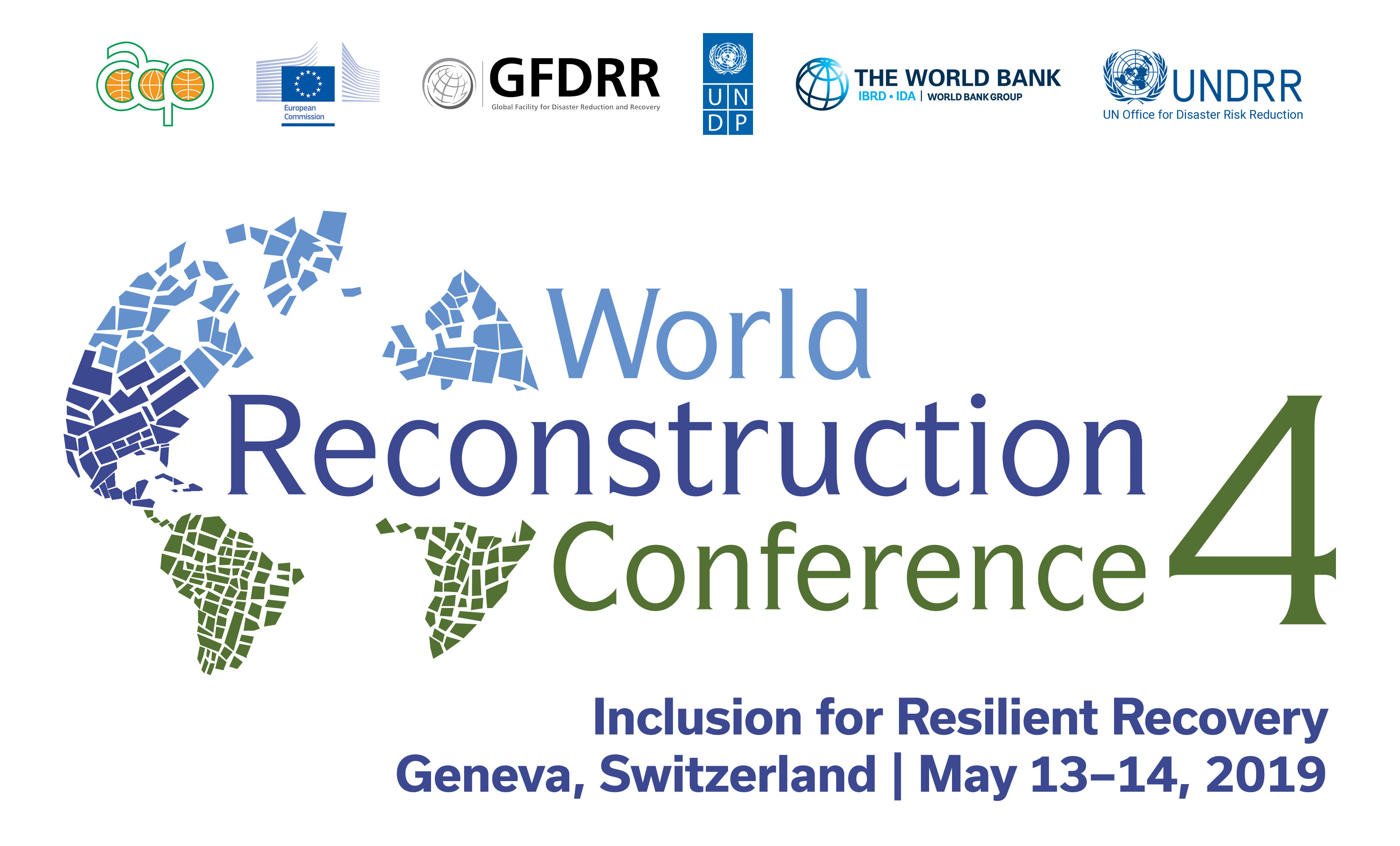Session Summary
The closing plenary session solemnly reaffirmed inclusion as a right for all. This concluding component of the Conference expressed the need to arrive at a globally-shared and comprehensive view of various forms of inclusion (or exclusion) that need to be addressed and integrate these insights into a rights-based framework, and to provide guidance and outline actions to make sure the focus on execution and implementation of a rights-based global compact is translated into initiatives at the local, national, regional and global levels. The session identified approaches that enable the realization of a rights-based paradigm and guide inclusive recovery systems in order to (a) ensure the full and meaningful participation of all groups and individuals in identifying and reducing risk (b) provide institutional guarantees that those at risk of being excluded are included in the recovery process (c) appreciate and respond to their diverse characteristics, capacities and vulnerabilities (d) contribute to resilience for everyone by removing barriers that keep excluded people out of the planning and decision-making process and finally (e) transform existing power relations.
The session highlighted the importance of developing a platform to exchange best practices so that countries all over the world can share their experience and benefit from the learnings of others. The commitment to not leaving anyone behind is reflected in a number of initiatives linked to inclusion, such as guidelines for drawing up public policies. In Ecuador, for instance, rights are guaranteed and respected through equality councils that coordinate policies, programs, laws and services which ensure that people are able to access and exercise their rights in terms of health, social rights, education and security. In terms of risk reduction, the inclusion of marginalized and other groups serves victims of domestic violence, children, disabled people, and indigenous peoples. The best way to comply with the inclusion objective is to use tools that take into account the most vulnerable people, acknowledging their needs in various scenarios.
The success of BRAC (Building Resources Across Communities) International, the world’s largest NGO, is due to its focus on community and people. The mindset was that of emphasizing the community and its people as individuals with ideas and resilience, active agents who needed tools to support them, rather than considering them passive recipients of charity. With increasing urbanization, the nature of disasters in Bangladesh changed, which necessitated a different kind of preparation to protect against them. The focus needed to be on relief but also on building back better to enable more effective prevention and relief in the future.
In Senegal, it was noted that inequalities are created, widened, and deepened because of the way conflict is managed when the population is displaced. These inequalities existed, but new interventions often aggravate them. This provides an opportunity to modify the intervention to create a paradigm shift so that new interventions can lead communities to a different dynamic that could reestablish the balance. It is important to build proactive instead of reactive approaches – there is a need to work not only on emergency situations, but also to anticipate situations more accurately so that effective prevention measures can be taken to avoid their occurrence.
Subsequent to the great earthquake in Hyogo Prefecture, Japan, it was discovered that 50–60 percent of the victims were either elderly and/or people with disabilities, and they experienced secondary issues despite being successfully relocated to shelters due to the conditions prevailing at the shelters. Inclusion for recovery assumes the fundamental belief that no one will be left behind. This is best achieved by ensuring that vulnerable groups participate in the policy planning process and its implementation in order to reduce disaster risks. This can be as detailed as the creation of personal evacuation plans for people. Managers are trained to understand the particular situations involved in making these plans more effective. Disseminating the lessons Japan learned from its successful experience with inclusive recovery after the earthquake would significantly assist other countries to be better prepared for future disasters.
The time has come for the global community to talk about inclusion, as was clear from the focus on it in every session of this Conference. For disaster recovery to be inclusive, it is important that advocacy and policy come together. Learning from the past and documenting the past is vital and forms the basis of building back better. Building back better is not just about building infrastructure, but about building a better society. Disasters can be thought of as opportunities for rebuilding entire societies on the basis of social inclusion. Finally, there is a need for more data, more evidence, and robust evaluations that work.

